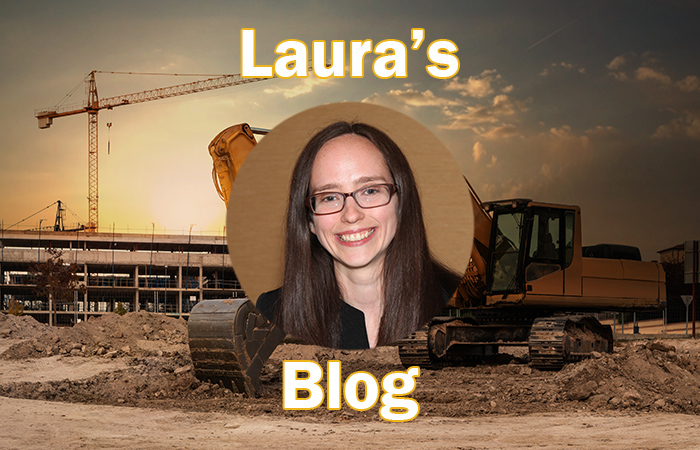While there were a bevy of announcements at last week’s NAHB (National Assn. of Home Builders) IBS (Intl. Builders Show), home appliances and HVAC (heating, ventilation, and air conditioning) were certainly some of the splashiest—but will builders take the bait and move forward in the next era of electrification in the home? Certainly, we would hope the answer would be yes, but it isn’t always that cut and dry.
Let’s look at a few examples from the show. Specifically focused for the residential builder market, LG’s energy-efficient heat pump technology, inverter technology, and air solutions maximize energy efficiency in the home and help improve energy resiliency. For instance, the LG Inverter Heat Pump Water Heater is an energy efficient hot water solution that combines heat pump technology with LG’s smart controls saving energy and cutting costs—and this is one example.
We also saw a big announcement from GE Appliances, which announced a partnership with Tantalus Systems. Together the companies will change how home appliances, HVAC, and water heaters use realtime data to manage energy delivery and consumption.
By adding Tantalus to the GE Appliances EcoBalance System, products will be able to talk with energy companies. Let’s consider a few examples here. A refrigerator can defrost or run ice cycles during off-peak hours to reduce bills. HVAC systems can adjust a few degrees to save energy. Water heaters can be charged with energy for use later in the day.
Ultimately, this will help utilities reduce their carbon footprint and balance energy load profiles. In addition, the technology is useful when utilities are planning for natural disasters. Certain items, like water heaters, can be charged with electricity in advance of an incoming storm and used as a thermal storage device if power is disrupted.
The Hard Reality
This all sounds great! All builders should be doing this, right? Like anything, there are hurdles. Cost certainly comes to mind first. John Burns Research and Consulting and Home Innovation Research Labs recently unveiled the Building Products Demand Meter, which is a quarterly measure of building products installed across categories back to 2000.
When looking at appliances, the meter anticipates annualized volumes to be 8.89 million units in the first quarter of 2024, which is a 0.4% growth year-over-year. Looking further out, it expects 9.01 million units installed in 2024, which is roughly a 0.8% growth. There is stronger demand expected in mid- to late 2024 due to stronger housing starts in 2023 and early 2024. Appliances are typically installed six to nine months after a housing start. Admittedly, there is a growing preference for smart appliances, but this is balanced against purchasing power.
Looking at HVAC, the meter anticipates annualized volumes to be 10.83 million units in the first quarter of 2024, which is a 4.4% growth year-over-year. Looking further out, it expected 10.82 million units installed in 2024, which is a 1.3% year-over-year growth. The research suggests tax incentives from the Inflation Reduction Act will increase demand for heat pumps, in particular.
We also see recently NAHB suggests the multifamily housing will decline in 2024 while remodeling will hold steady. Meanwhile, single-family starts will rise this year, but supply-chain challenges will continue.
Certainly, there are opportunities and challenges at the same time, but the reality is our homes are evolving and electrification is something all builders need to keep in mind. Will you consider how this impacts the next home you build?
Want to tweet about this article? Use hashtags #construction #IoT #sustainability #AI #5G #cloud #edge #futureofwork #infrastructure #smarthome #HVAC


